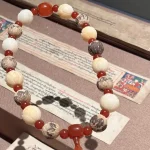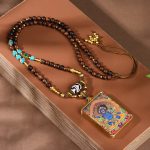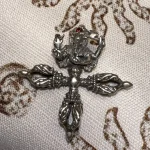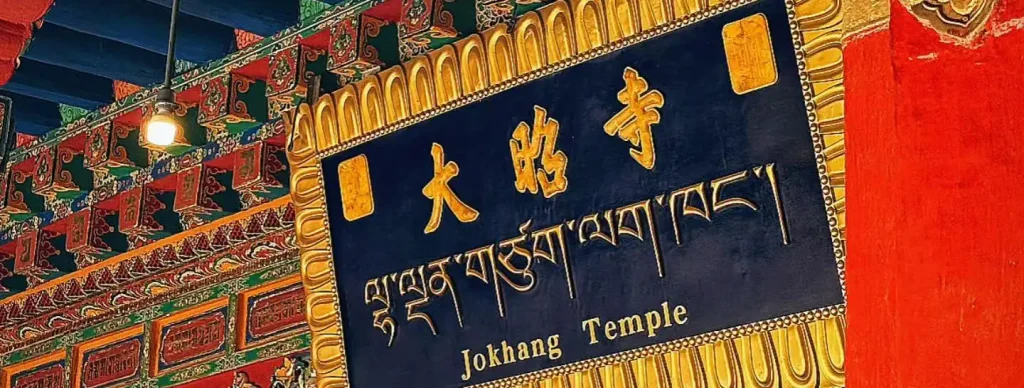
The Jokhang Temple: A Sacred Beacon of Tibetan Buddhism
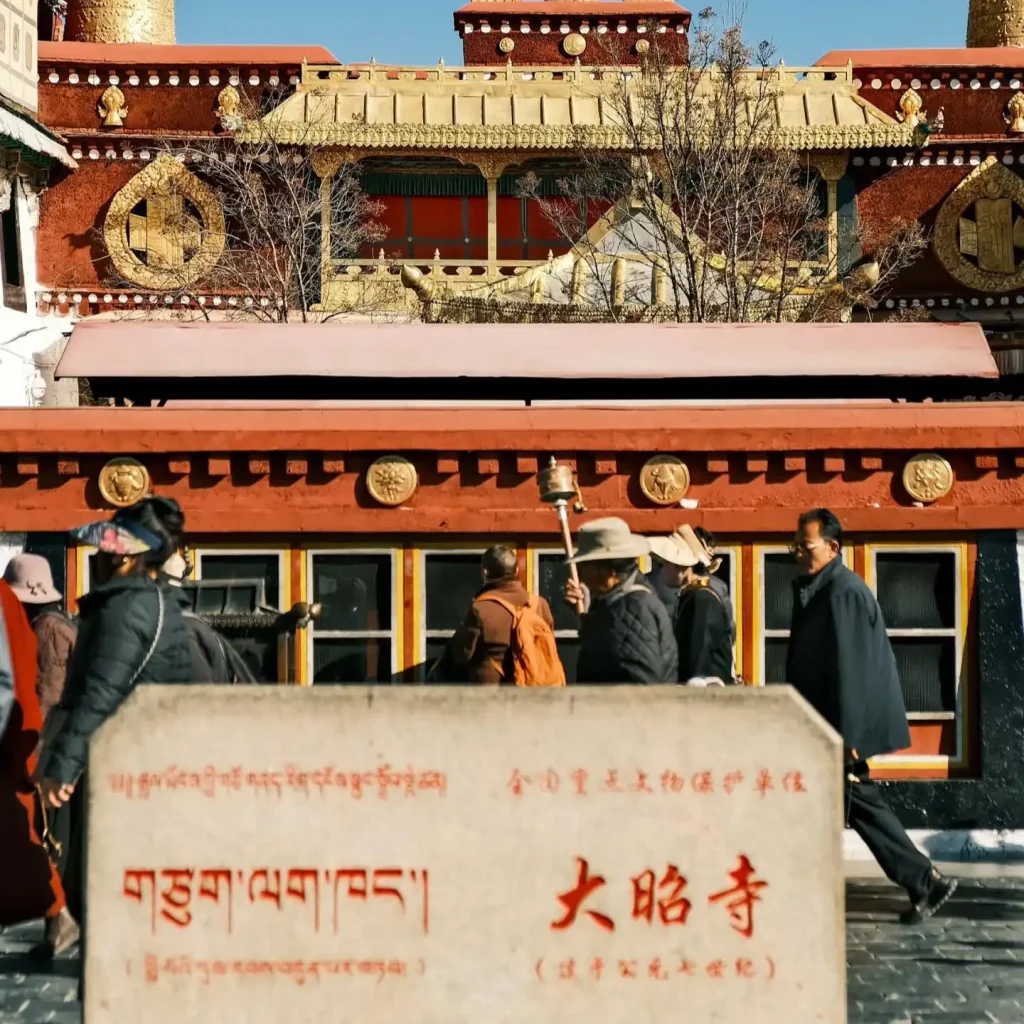
Architectural and Spiritual Significance
Nestled in the heart of Lhasa, Tibet, the Jokhang Temple—known as Tsuglagkhang in Tibetan—stands as one of the most revered spiritual and cultural landmarks in the Himalayas. Built over 1,300 years ago, this UNESCO World Heritage Site is not only a masterpiece of ancient architecture but also a living testament to Tibet’s profound Buddhist heritage. Its name, Jokhang, translates to “House of the Buddha,” reflecting its role as a sacred sanctuary for pilgrims and scholars alike.
The Jokhang Temple’s design harmoniously blends Tibetan, Nepalese, and Tang Chinese architectural styles, symbolizing the cultural exchanges along the ancient Silk Road. Its golden rooftop glimmers under the Tibetan sun, adorned with intricate carvings of deities, mythical creatures, and Buddhist symbols. The temple’s central hall enshrines the Jowo Rinpoche, a priceless statue of the 12-year-old Shakyamuni Buddha, brought to Tibet by Princess Wencheng of the Tang Dynasty. This statue, believed to have been blessed by the Buddha himself, is regarded as the most sacred object in Tibetan Buddhism. Pilgrims from across the plateau journey here to prostrate themselves before it, their devotion echoing through the temple’s candlelit corridors.
The Jokhang embodies the Buddhist ideals of unity, compassion, and enlightenment. Its circular pilgrimage route, the Barkhor, encircles the temple and serves as a spiritual microcosm. Devotees circumambulate the site, turning prayer wheels and chanting mantras, their actions symbolizing the cyclical nature of life and the pursuit of liberation from suffering. The temple’s layout, with its mandala-inspired structure, mirrors the Buddhist universe, guiding worshippers toward inner peace and wisdom.
Historical Legacy
The Jokhang’s origins date back to the 7th century, during the reign of King Songtsen Gampo, who unified Tibet and introduced Buddhism to the region. Legend holds that the temple was built to pacify a demoness whose body was believed to underlie the Tibetan landscape. Princess Wencheng, one of the king’s brides, reportedly identified the site—a lake then known as “Wothang”—as the demoness’s heart. To neutralize her malevolent influence, the lake was filled in using soil carried by white goats, a tale immortalized in the temple’s Tibetan name, “Ra-Sa Vphrul-Snang” (later shortened to Lhasa).
Over centuries, the Jokhang Temple weathered invasions, fires, and political upheavals, yet it endured as a spiritual anchor. During the Yuan and Ming dynasties, it became a hub for Buddhist scholarship, attracting monks from India, Nepal, and Central Asia. Even during Tibet’s turbulent 20th century, the temple survived destruction, thanks to the resilience of local devotees who secretly safeguarded its relics.
Today, the Jokhang remains a vibrant center of faith. Its annual Great Prayer Festival (Monlam Chenmo) draws thousands of monks and laypeople, who gather to chant sutras and honor the Buddha’s teachings. The temple’s enduring legacy lies not only in its ancient walls but in its ability to bridge past and present, offering solace and inspiration in an ever-changing world.
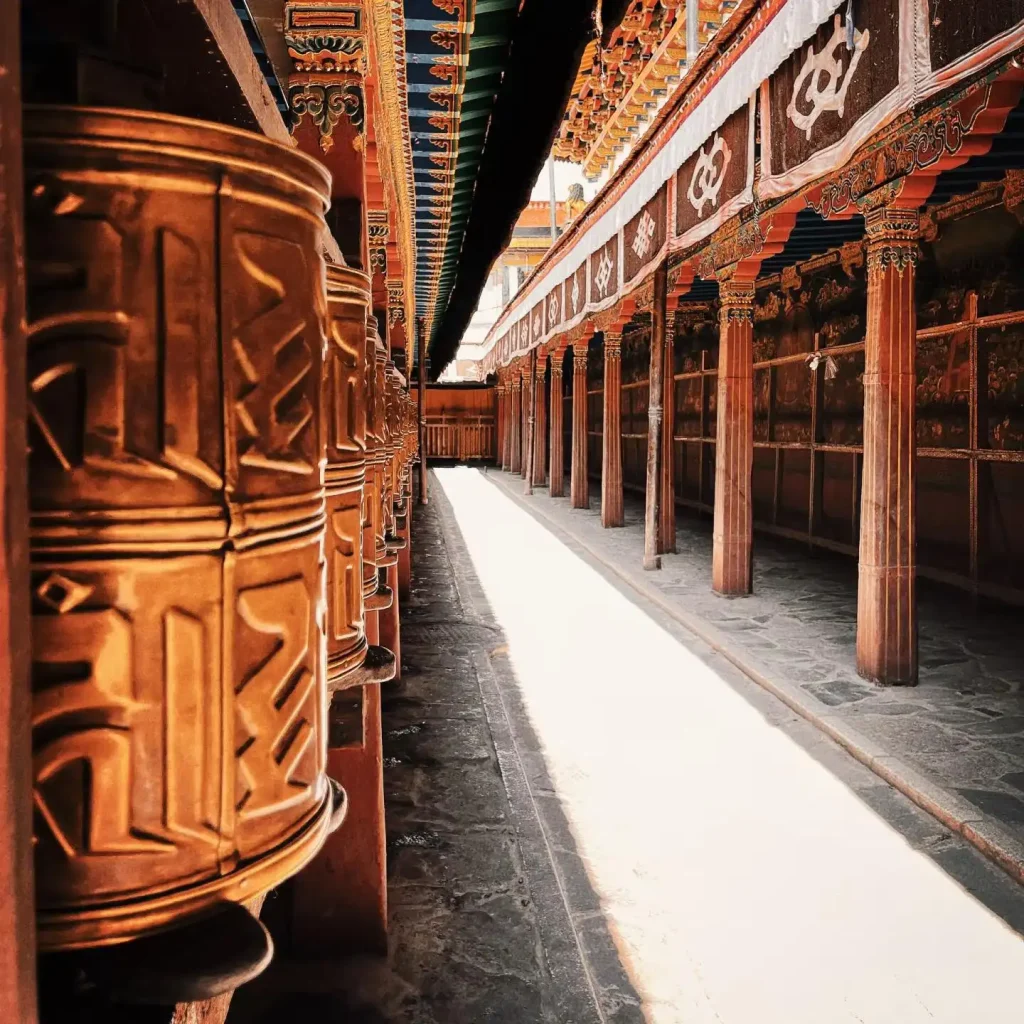
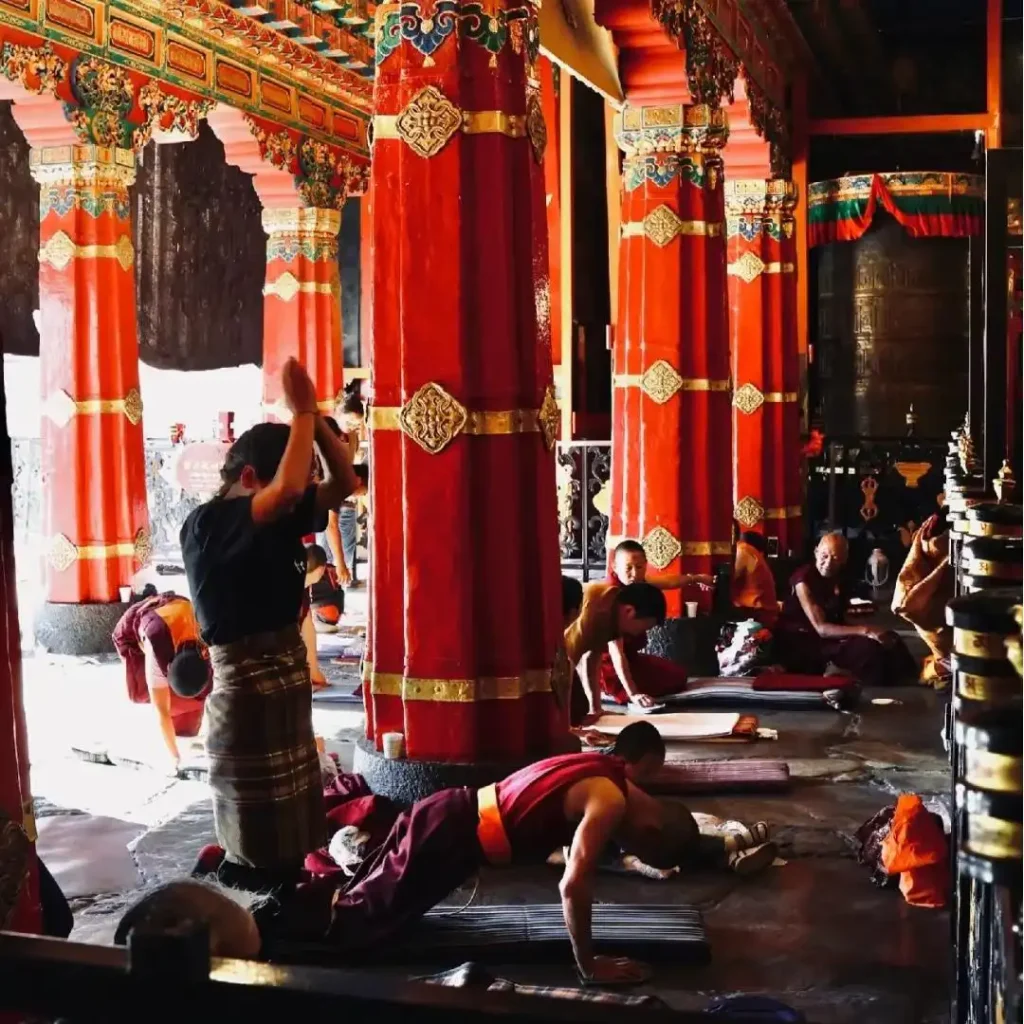
A Sanctuary of Peace, Blessings, and Well-being
The Jokhang Temple symbolizes inner and outer peace through its sacred geometry and rituals. Its central statue, the Jowo Rinpoche (a revered depiction of the young Buddha), is believed to emanate a calming aura that quiets the mind. Pilgrims circumambulate the temple clockwise, spinning prayer wheels inscribed with mantras, their footsteps tracing a path of spiritual equilibrium. This act of kora (pilgrimage) mirrors the Buddhist pursuit of balance, dissolving anxieties and anchoring the soul in tranquility.
The temple’s golden roofs, glowing under the Tibetan sun, evoke the light of wisdom that dispels darkness. For centuries, it has served as a refuge during turmoil, reminding devotees that peace begins within.
The Jokhang Temple is a nexus for seeking divine blessings. Devotees prostrate at its thresholds, light butter lamps, and whisper prayers to the Jowo Rinpoche, believing the Buddha’s compassion flows through the statue. These rituals are acts of surrender, inviting blessings for family, community, and future generations.
During festivals like Losar (Tibetan New Year) or Saga Dawa, the temple brims with offerings of barley grains, katas (white silk scarves), and incense. Pilgrims tie prayer flags nearby, their vibrant colors carrying wishes for prosperity and protection to the winds. These traditions reflect a profound truth: blessings are not merely received but cultivated through gratitude and selfless intention.
A Universal Legacy of Hope
As dawn breaks over Lhasa, the temple’s bells mingle with murmurs of prayer—a timeless chorus of humanity’s quest for safety, grace, and vitality. Here, amid flickering flames and bowed heads, the Jokhang Temple whispers: peace, blessings, and health are not mere wishes, but seeds to nurture with every step, every breath, and every heartbeat.
 FateKarma
FateKarma
